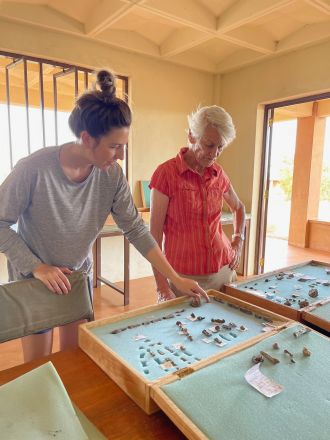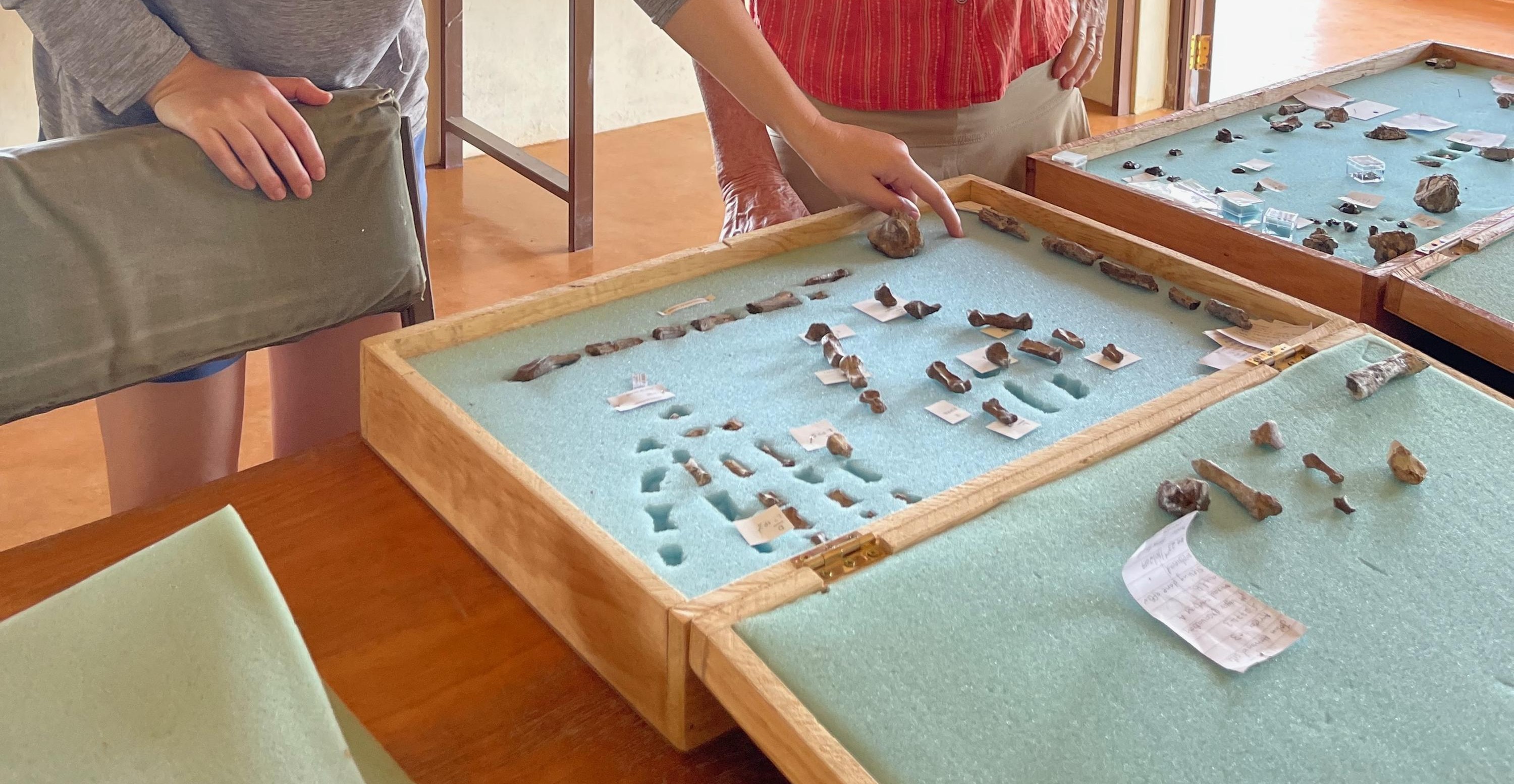Media release
From:
Palaeontology: Getting to grips with early hominin hands
A new set of 1.5-million-year-old fossils belonging to Paranthropus boisei — an ancient relative of humans — include a hand unambiguously associated with this species, which offers insights into the evolution of hominin hands. An analysis of the fossils, published in Nature, indicates that P. boisei shared some features seen in modern humans and may have been capable of using tools while also having a strong gorilla-like grip.
Evidence suggests that up to four hominin species existed contemporaneously in eastern Africa between approximately 2 and 1 million years ago (P. boisei, Homo habilis, Homo rudolfensis and Homo erectus). Hominins from this period are assumed to have used tools in some form, but evidence has been limited. Whether P. boisei made and used tools has been debated, hampered by a lack of definitively attributed hand bones.
A partial hominin skeleton found near Lake Turkana, Kenya, estimated to be slightly more than 1.52 million years old, is described by Carrie Mongle and colleagues. The teeth and skull of the specimen, named KNM-ER 101000, match those of previously documented P. boisei fossils. KNM-ER 101000 includes the first hand and foot bones unambiguously associated with the teeth and skull of P. boisei, the authors report. The hands share features with both modern humans and African apes. For example, the thumb–finger length proportions indicate that P. boisei had similar grip or dexterity to humans, but possibly without precision pinch grips. By contrast, other hand bones resemble those of gorillas, which may have given P. boisei a powerful grip that could have been useful for climbing.
Together, these findings suggest that P. boisei may have been capable of tool making and use in some capacity, while the strong grip may have facilitated manual food processing (such as stripping tough-to-eat plants to remove indigestible parts). “Everything about this P. boisei hand points to a powerful capacity to grasp — be it leafy vegetation, tools, rocks or branches — in a manner that is unique among known hominin fossils,” Tracy Kivell and Samar Syeda concur in an associated News & Views article.
Multimedia




 Australia; International; NSW
Australia; International; NSW



